Okjeongho Lake Gujeolcho Theme Park (옥정호 구절초테마공원)
12.2Km 2025-01-16
Maejuk-ri, Jeongeup-si, Jeonbuk-do
+82-63-539-6171
Okjeongho Lake Gujeolcho Theme Park was officially formed in 2006 in an area that used to be called Manggyeongdae Terrace. Out of the park’s 12 hectare of land, approximately 5 hectare of land is filled with Gujeolcho (Siberian chrysanthemum) and a pine tree forest. The park also has walking paths and rest areas for visitors to enjoy.
Sanoe Hanu Village (산외한우마을)
13.8Km 2024-04-07
450 Sanoe-ro, Sanoe-myeon, Jeongeup-si, Jeonbuk-do
Sanoe Hanu Village is situated approximately 30 minutes from downtown Jeongeup. This establishment exclusively deals in hanu (Korean beef), facilitating direct transactions between producers and businesses, which allows for lower prices due to its family-oriented business model. Here, visitors can savor delicious, nutritious, and affordably priced beef. Most shops at the village function as both butcher shops and restaurants, so one can select their preferred cut of meat. Upon ordering, guests will receive a simple table setting, which includes five to six side dishes, priced at around 5,000 won per person, and the chosen meat will be served.
Kim Myeong-gwan's House (정읍 김명관 고택)
14.8Km 2025-01-16
72-10 Gongdong-gil, Sanoe-myeon, Jeongeup-si, Jeonbuk-do
A typical example of an aristocrat's house, this residence was built in the 8th year of King Jeongjo's reign in the Joseon dynasty by Kim Myeong-gwan, the 6th generation descendent of Kim Dong-su. Kim Myeong-gwan carefully considered the principles of geomancy when choosing the location of the house, with Cheonghasan Mountain to the back and Dongjingang River to the front, and it took ten years to complete the house. Upon entering the main gate, the house reveals a balanced symmetry with the daecheongmaru (wooden floor hall) at the center. Every component of the house was placed and designed to create a balance with the surroundings and efficient movement within the premises. Because the house contains most of its original form and displays a beautiful harmony with the natural surroundings, it is regarded as valuable research material. Although there may be limitations, viewing is generally allowed.
Honbul Literary House (혼불문학관)
16.0Km 2024-04-07
52, Nobongan-gil, Namwon-si, Jeonbuk-do
+82-63-620-6788
"Honbul" is an epic novel written about three generations of women from the Namwon Lee clan living under the rule of the Japanese in the 1930s. The word "honbul" literally means "a torch of the soul" and refers to the indomitable spirits of the women that persevered through hard times. The novel was written by the late Choi Myeong-hee over a period of 17 years and remains a much celebrated novel.
Sangsin Village and Nobong Village in Namwon-si are the hometowns of the author and served as the background of the novel "Honbul." Located inside the village is a traditional Korean house that is an example of yangban (noble class) architecture and the Honbul Literary House, where visitors have an opportunity to gain a deeper understanding of the novel "Honbul." At the entrance of Nobong Village stands a pair of jangseungs (Korean traditional totem poles), welcoming visitors inside.
Gangcheonsan County Park (강천산 군립공원)
16.2Km 2024-04-07
97, Gangcheonsan-gil, Sunchang-gun, Jeonbuk-do
+82-63-650-1672
Gangcheonsan Mountain is surrounded by Gwangcheonsan Gwangjubong Peak (583.7 meters above sea level), Gwangdeoksan Seonnyeobong Peak (578 meters), and Sanseongsan Yeondaebong Peak (603 meters above sea level) in the area of 996beonji, Cheonggye-ri, Sunchang-gun, Jeollabuk-do. It is divided into small canyons and has an outstanding view with rocky mountains on all sides. The valley was called Gangcheon Valley because clean and clear water flows like a spring on the hard rocks, and all the mountains around it were called Gangcheonsan Mountain. It is said that in the past it was called Yongcheonsan Mountain, named after the shape of two dragons waving their tails toward the sky and ascending to heaven.
Following the Noryeong Mountain Range to Chuwolsan Mountain, it forms Gwangdeoksan Mountain and Yongcheonsan Mountain. On Sanseongsan Mountain (two dragons from the eastern sky to the western sky) that towers high in the sky, two dragons run east side by side. There are numerous peaks, some famous ones are, Yeondaebong, Undaebong, Suyeongbong, Cheonjabong, Gitdaebong, Gwangjubong, Gyeonjebong, and Songrakbong peaks. Between these two mountains is a very deep valley. Some of the famous valleys are, Yeondaegyegok Valley, Seonnyeogyegok Valley (Jeobujegol), Wondeunggyegok Valley (Yongdaeamgol), Buntonggol Pass, Jijigol Valley, Somokgol Valley, Samindaegyegok Valley (Hwangwoojegol), Giwoojegol Valley, Senyanggol Valley, Multonggol Valley, Chodanggol Valley, Ujakgol Valley, Dongmakgol Valley, Geumganggyegok Valley (Tapsanggol), Seungbanggol Valley, Byeondugol Valley, etc. The clear water flowing from every valley joins into one and the sound of the water crashing against the rocks and stones echoes throughout the valley and enters Gangcheonho Lake.
When spring comes, willows bloom, and when the forsythia and azaleas are in full bloom, wild cherry blossoms reach full bloom on every mountain peak. The clear and clean water flows continuously between the gravel along the valley. Visitors can cool off the heat in this river that does not collect moss either because it is too cold or clean. On Gangcheonsan Mountain, there are beautiful shrubs and maple trees, and the baby maples and baby squirrels announce the arrival of autumn among the seven different types of maple trees. The multiple trails on the mountain are not steep or too dangerous, making it popular regardless of age. It is also ideal for mountaineering and mountain-loving hikers. The scenery of the river with white snow and icicles attracts painters who want to capture the moment on a canvas. Gangcheonsan Mountain has four distinct seasons making it a popular destination all year round.
Imsil Cheese Village (임실 치즈마을)
16.6Km 2025-01-17
4 Cheese maeul 1-gil, Imsil-eup, Imsil-gun, Jeonbuk-do
Imsil Cheese Village is the home of Korean cheese. In 1966, Father Didier t'Serstevens (Korean name: Ji Jeong-hwan), a Belgian priest, brought two mountain goats to the village and started making cheese. He worked day and night with the locals to make the cheese that has earned its current reputation. Imsil Cheese Village runs experience programs such as mozzarella cheese making and yogurt making.
Museongseowon Confucian Academy [UNESCO World Heritage] (무성서원 [유네스코 세계문화유산])
16.8Km 2025-01-17
44-12 Wonchon 1-gil, Chilbo-myeon, Jeongeup-si, Jeonbuk-do
Museongseowon Confucian Academy was built in 1615 to honor Silla's scholar Choe Chiwon (857-?). An important cultural heritage for understanding the principles of Confucianism and culture of the Joseon dynasty, it is recognized as a representative example of seowon architecture and listed as a UNESCO World Heritage Site. The traditional architecture still remains, and the surrounding scenery, including old ginkgo trees, is beautiful.
Imsil N Cheese Festival (임실N치즈축제)
16.8Km 2025-07-11
50 Doin 2-gil, Imsil-gun, Jeonbuk-do
+82-63-643-3900
Imsil N Cheese Festival is held every fall in Imsil, the birthplace of cheese production in Korea, at Imsil Cheese Theme Park and Imsil Cheese Village, which are proud symbols of the region. Visitors are greeted by the aroma of delicious cheese as they wander through the beautiful chrysanthemum flower garden with millions of blooms. The festival features more than 10 main themes and 70 programs centered around cheese, offering a rich and diverse experience. Events include Imsil N Busking, kids’ concerts, various craft experiences, and a stamp rally tour, ensuring plenty of fun for everyone.
◎ Tip
It is recommended to bring a tripod or an extra battery pack to take many pictures of the quaint buildings and flower gardens at the festival.
Imsil Cheese Theme Park (임실치즈테마파크)
16.8Km 2024-04-07
50, Doin 2-gil, Imsil-gun, Jeonbuk-do
+82-63-643-9540
Imsil Cheese Theme Park is the only cheese related theme park in Korea. Open in 1960, the park provide visitors a chance to enjoy the delicious Imsil cheese in various ways.
Sunchang Gangcheonsa Temple (강천사 (순창))
17.8Km 2024-04-07
270, Gangcheonsan-gil, Sunchang-gun, Jeonbuk-do
+82-63-652-5420
Located approximately 1.8 kilometers from the entrance of Gangcheonsan County Park, Gangcheonsa Temple was built by Monk Doseon during the first year of Queen Jinseong of Silla (AD 887). In the third year of King Chungsuk of Goryeo (1316), the temple saw the addition of a five-story stone pagoda, built by Monk Deokhyeon. At its peak, the temple was said to have had 12 hermitages and housed 1,000 monks. It was burned down during the Imjin War (1592-1598), leaving only the pagoda, but was rebuilt a few years later by Monk Soyo during the 37th year of King Seonjo (1604). Unfortunately, the temple was burned down again in the Korean War, but was once again restored to its original state in 1959.
Cultural assets found at the temple include Stone Guardian Post of Chungsin-ri & Namgye-ri, Sunchang Guesthouse, and the Three-story Stone Pagoda of Sunhwa-ri. Nearby tourist attractions include Geumseongsanseong Fortress, Yongsopokpo Falls, Gangcheonho Lake, Damyangho Lake, Chuwolsan Mountain, Huimunsan Mountain, and Naejangsan National Park.

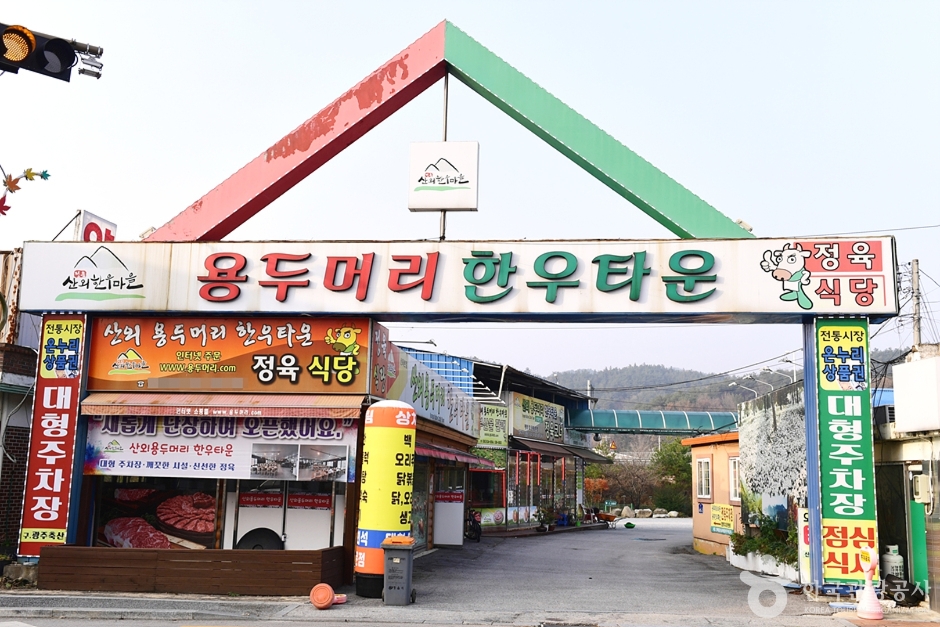
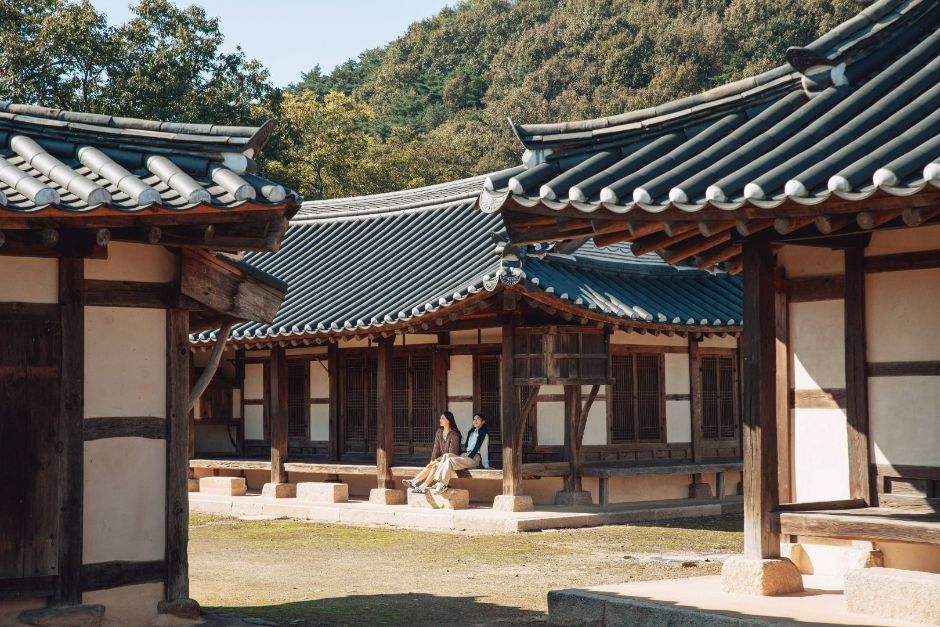
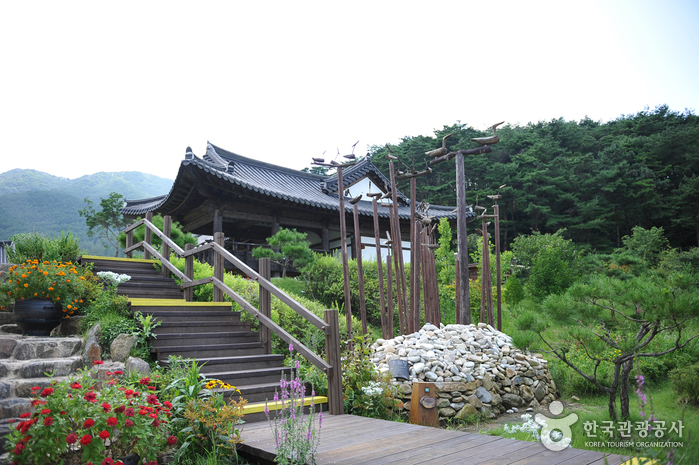
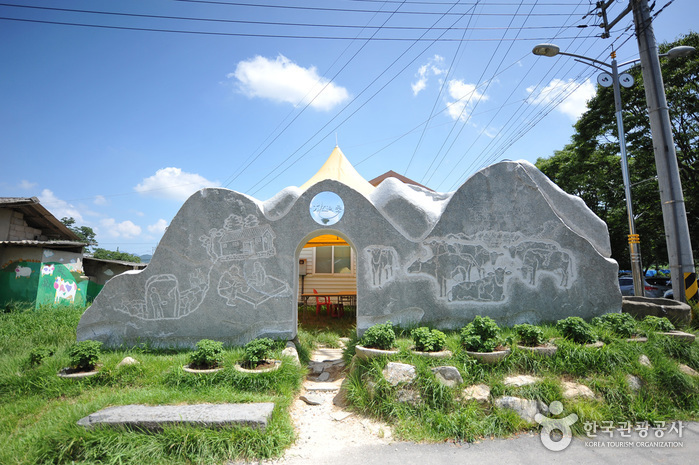
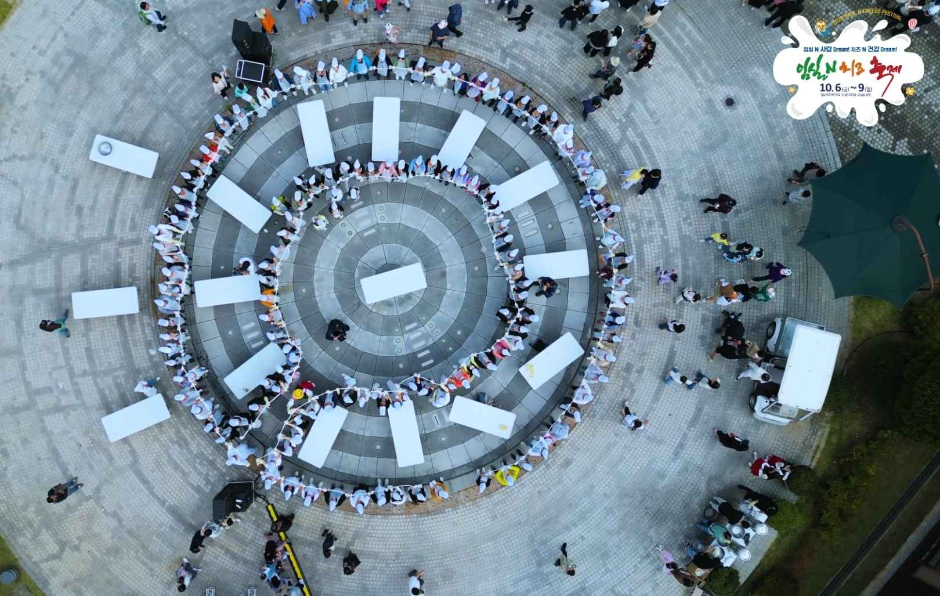
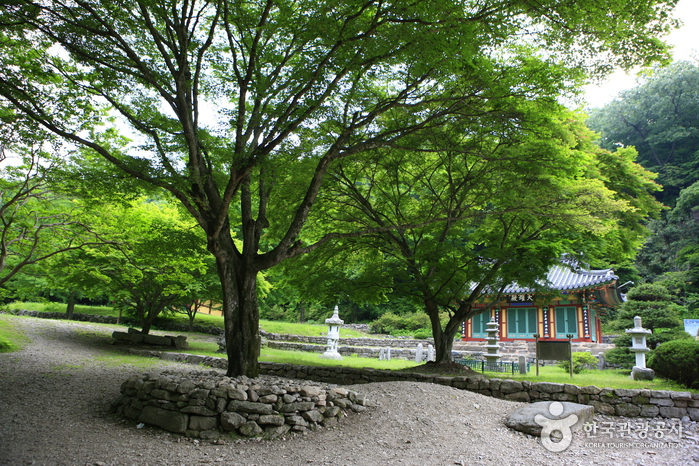
 English
English
 한국어
한국어 日本語
日本語 中文(简体)
中文(简体) Deutsch
Deutsch Français
Français Español
Español Русский
Русский